Willcocks Street is the second street north of College Street. There appears to be some contradictions in the spelling of the name of the street. One of the maps in the Goad’s Atlas spells it as “Willcox,” and the city directory of 1885 gives the spelling as “Willcock,” omitting the final “S.” The street signs today show the spelling as “Willcocks.”
In 1884, the street did not exist, but it appears in the 1885 City Directory, although there were no houses on the street west of Spadina. The houses on this section of the street first appeared 1886, and by the year 1888, most of the building lots were built upon. In this year, on the north side of the street, east of Spadina, were extensive market gardens.
The section of Willcocks between Spadina and Borden Avenues fascinates me the most as it seems as if time has forgotten it. The owners of the houses appear to take great pride in maintaining the street to reflect the atmosphere of yesteryears. In Toronto, I think it is best preserved of any of our nineteenth-century streets.
The street was named after Col. William Willcocks (1736-1853), who immigrated to Upper Canada from Ireland. He was a cousin of Peter Russell, for whom the street to the south of Willcocks was named. William Willcocks was appointed a judge of the Home District in 1796 and due to Russell’s influence, he later became York’s first Postmaster. Willcocks’ wife’s name was Phoebe, as well as one of their daughters. Phoebe Street was named after her. Phoebe married Dr. William Warren Baldwin, for whom Baldwin Street is named. Dr. William Baldwin was the owner of a home on the brow of the hill that overlooks today’s Davenport Road. His home was named “Spadina,” and it was Baldwin who laid out the plans for the wide avenue that bears the name of his home.
This 1890s map from the Goad’s Atlas shows the houses on Willcocks Street in 1890. I was unable to account for the difference in the spelling of the name of the street (Willcocks vs. Wilcox.) The houses shown on the street remain in existence today.
These are the houses # 100 Willcocks (on the left), looking east to number # 94. Although windows have been modernized and many of the interiors up-dated, the houses retain their nineteenth-century charm. The gabled roofs and wood trim create a timeless atmosphere that hearkens back to the days when Toronto was a small city, a mere outpost of the British Empire.
This semi-detached “Bay and Gable” house at # 85 Willcocks has bay windows that commence on the ground floor and soar to the the third storey. The trim on the gable is quite ornate. It was constructed in 1888, and its first occupant was Daniel Urquart.
The house in the left-hand photo is #74, and is in the Romanesque style, with Roman arches and a solid stone foundation. The balcony on the third floor is charming. The right-hand picture is #76 and was built in 1888, its first owner being J. E. Skirrow. It retains the fancy woodwork around the veranda. Although they are both Victorian homes, each one is unique. They were built in an era when a builder constructed one, or perhaps two houses on a street, as opposed to the modern custom of the developer constructing an entire street or sub-division. Thus, a streetscape reflected the skills and tastes of many builders and designers.
This photo reveals the landscaping and surroundings of the two houses mentioned above. It was taken during the heat wave in July of 2012. Walking along the street, even in the heat of the afternoon, the air remained refreshingly cool because of the mature shade trees.
Large verandas such as the one on # 90 Willcocks were common on Victorian homes. They protected the doorways from the winter winds and snow drifts, as well as provided outdoor space to escape the heat of the interiors, in an age without air-conditioning. This home was built in 1886, and its first occupant was R. A. Mitchell. It is unknown if the veranda was on the original home or added at a later date.
The decorative wrought iron fence on # 83 Willcocks Street is another feature reminiscent of the nineteenth century. The house where the fence is located was built in 1888, its first owner being J. D. Kelly.
There are many other houses on Willcocks Street that are worthy of examination. Walking along the sidewalk of this timeless avenue is a pleasant and educational glimpse into a bygone era.
Huron Street is another nineteenth-century residential avenue in Toronto, and though it has not fared as well as Willcocks Street, it retains much of its nineteenth-century charm. To view the post about Huron Street, follow the link :
https://tayloronhistory.com/2012/08/03/a-hot-summer-day-in-bygone-decades-on-torontos-huron-street/
Unfortunately, Bulwer Street’s residential past has been obliterated. Bulwer is an east-west street located one block north of Queen Street West, stretching from Soho to Spadina Avenue. To view a post about this street, follow the link:
Draper Street, near King and Spadina, is another well-preserved nineteenth-century street.
https://tayloronhistory.com/2012/06/01/historic-homes-on-draper-street/
For other posts about Toronto’s architectural history and happenings throughout the city: follow the links” :
The historic Farr House on Queen Street West, opposite Trinity Bellwoods Park
Houses on Richmond Street, west of John Street, which have since been demolished.
The historic importance of the site of the McDonald’s at the northwest corner of Queen and Spadina
https://tayloronhistory.com/2012/08/27/mcdonalds-at-queen-and-spadina-on-an-historic-site/
The history of the southwest corner of Spadina and Dundas Street where the China Mall is located.
https://tayloronhistory.com/2012/08/25/torontos-heritage-the-southwest-corner-of-queen-and-spadina/
St. Mary’s Church at Adelaide and Bathurst Streets being uncovered from scaffolding for renovations.
For other post about Toronto and its history and architecture. Home Page – https://tayloronhistory.com/
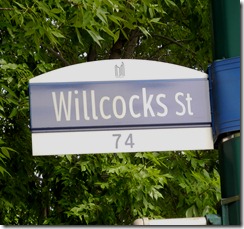
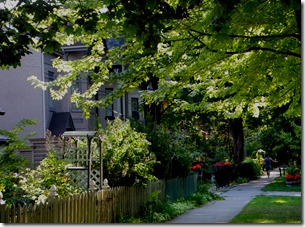
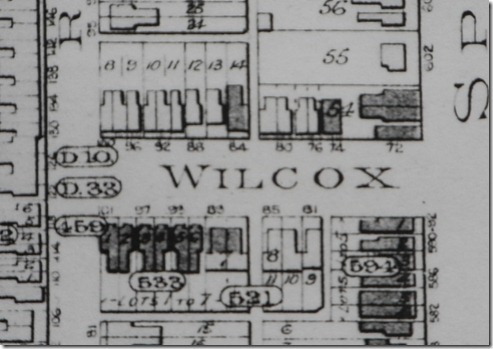
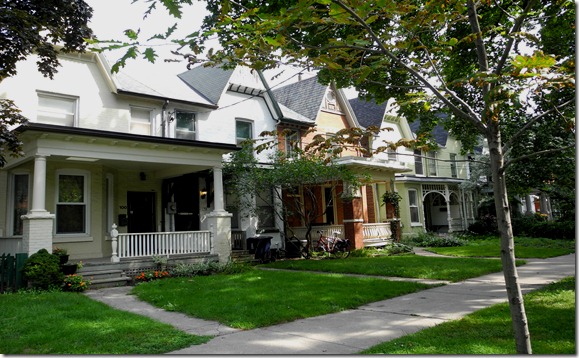
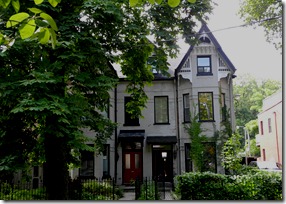
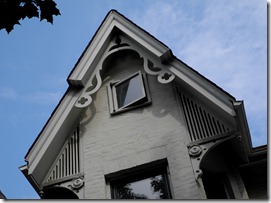
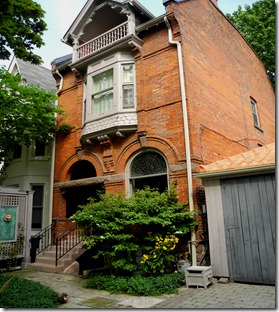
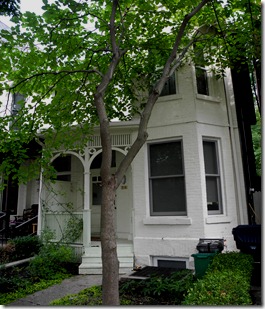
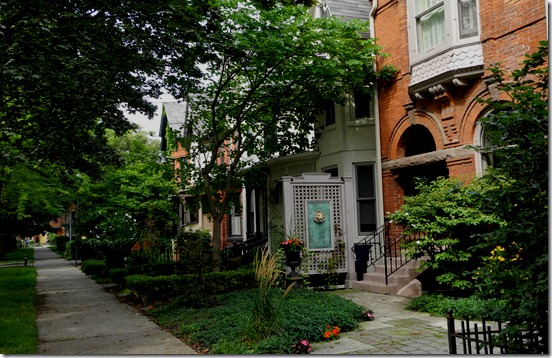
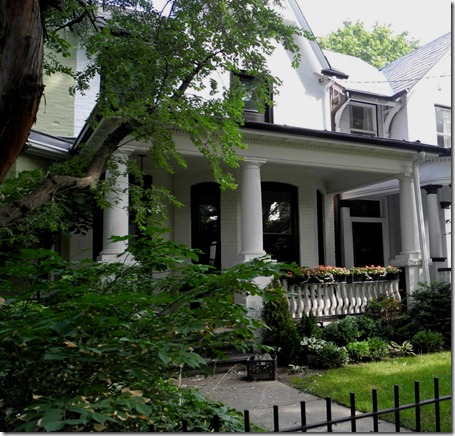
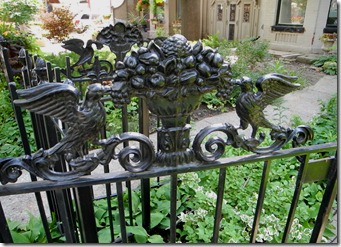
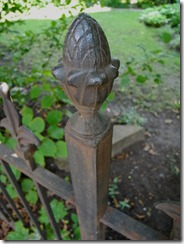
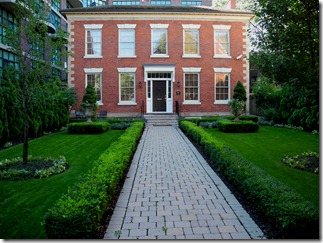
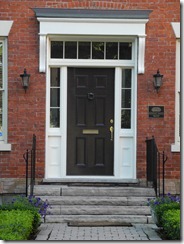
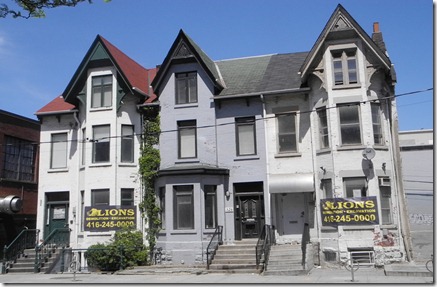
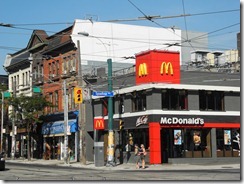
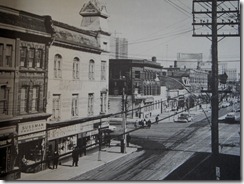
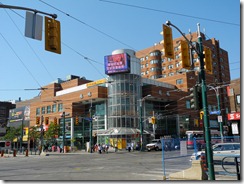
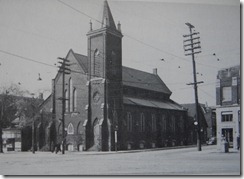
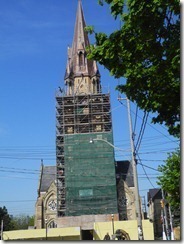
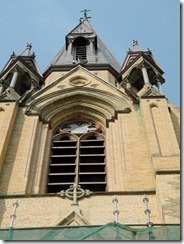
Thank you for this! We just bought a house on Willcocks so it was wonderful to read a little about the history.